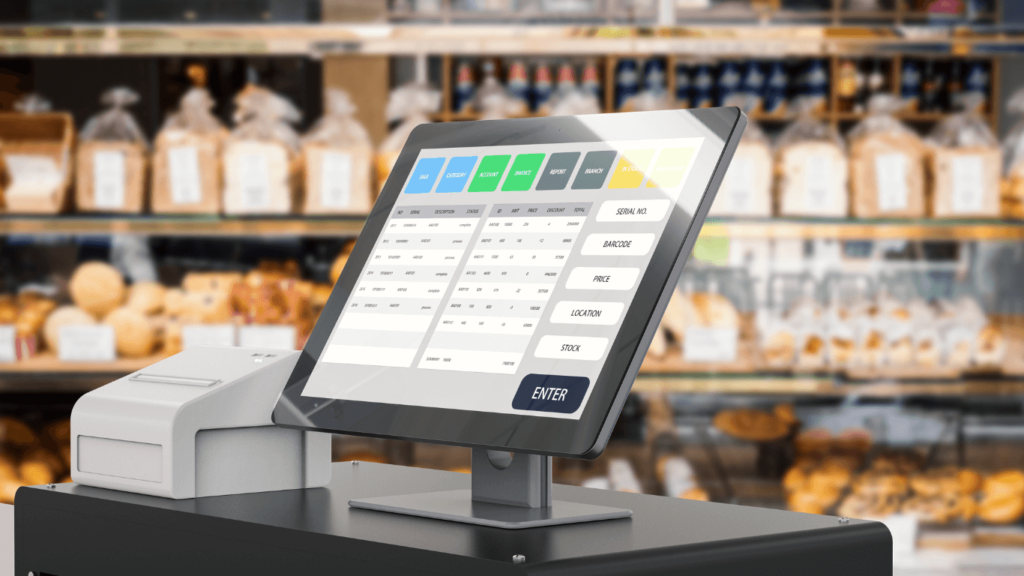The Nutritional Numbers Game: Manual Calculations vs. Automated Systems

In the world of nutrition, understanding the content of the food we consume is crucial. Whether you’re a health-conscious individual, a fitness enthusiast, or a professional in the food industry, knowing the nutritional information of what you eat matters.
However, the process of calculating these nutritional values can vary significantly, from manual calculations to using sophisticated automated systems like Entreppid.
In this blog post, we’ll delve on both approaches, shedding light on the intricacies and efficiencies of each.
Manual calculation of nutrition information involves breaking down the components of a food item and computing its nutritional content manually. This method typically requires referring to food composition databases, ingredient lists, and nutritional labels. Here are some aspects to consider:
For nutritionists, dietitians, and culinary professionals, manually calculating nutritional information enhances knowledge and skill development. It fosters a deeper understanding of the relationship between food composition and its impact on health.
However, manual calculation poses some challenges:
- Time-Consuming: Manual calculations can be labor-intensive and time-consuming, especially when dealing with complex recipes or large-scale food production. This process may not be feasible for businesses requiring quick turnover or individuals with busy schedules.
- Potential for Error: Human error is inherent in manual calculations. Misinterpreting ingredient quantities, inaccuracies in data entry, or overlooking specific nutrients can lead to incorrect nutritional information, compromising dietary accuracy.
- Limited Scale: Manual calculations are less scalable compared to automated systems. For food businesses or industries requiring mass production and distribution, relying solely on manual calculations may pose logistical challenges.
What are Automated Systems?
Automated systems for calculating nutrition information utilize specialized software or online platforms designed to analyze food compositions and generate accurate nutritional profiles efficiently.
Here’s a closer look:
- Efficiency: Automated systems streamline the process of calculating nutritional information, significantly reducing the time and effort required. With just a few clicks, users can obtain comprehensive nutritional breakdowns for individual food items or entire recipes.
- Accuracy: Automated systems minimize the risk of human error associated with manual calculations. By leveraging standardized databases and algorithms, these systems ensure consistency and precision in nutritional analysis.
- Scalability: Automated systems are highly scalable, making them ideal for businesses operating at various scales. Whether managing a small cafe or a multinational food corporation, these systems can accommodate diverse needs and volumes with ease.
In the realm of nutrition, the choice between manual calculations and automated systems ultimately boils down to individual preferences, requirements, and resources.
While manual calculations offer educational insights and flexibility, automated systems excel in efficiency, accuracy, and scalability.
We believe that If you are a food industry professional managing large-scale operations, an automated system is the right approach to calculating nutritional information that is essential for informed decision-making.


